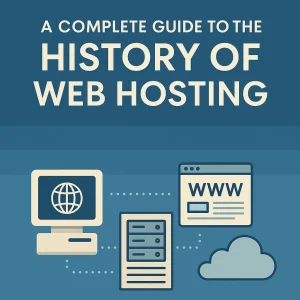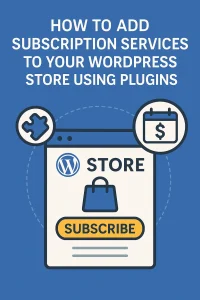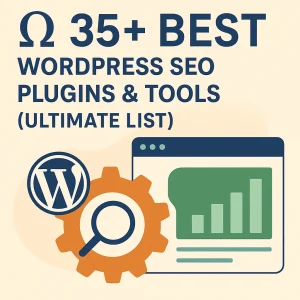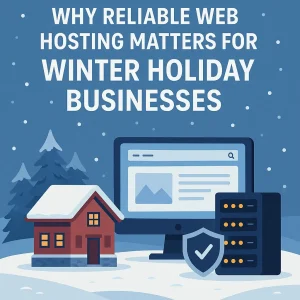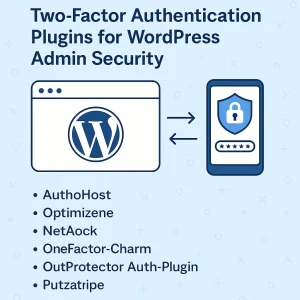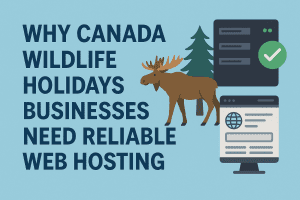 In terms of SEO, one tag that you absolutely need to understand is the rel=canonical tag. This handy little piece of code helps indicate to search engines which version of a webpage you want to prioritize in their indices, especially when you have duplicate or similar content. However, many webmasters and SEO enthusiasts make mistakes with canonical tags. This article will focus on the five common mistakes of using rel=canonical and offer the expert's take on implementing the canonical tags the right way.
In terms of SEO, one tag that you absolutely need to understand is the rel=canonical tag. This handy little piece of code helps indicate to search engines which version of a webpage you want to prioritize in their indices, especially when you have duplicate or similar content. However, many webmasters and SEO enthusiasts make mistakes with canonical tags. This article will focus on the five common mistakes of using rel=canonical and offer the expert's take on implementing the canonical tags the right way.
What is a rel=canonical Tag?
So before we dive into the snafus, let's quickly run over what a rel=canonical tag is and why it matters. A rel=canonical tag is an HTML element that helps avoid duplicate content issues by pointing search engines to the preferred version of a webpage.
It is a friendly way to introduce search engines to your favorite version of content—the one you want to rank. For example, if you have multiple URLs pointing to the same article or product, the canonical tag tells the search engine, "Hey, this is the original source of the content! Focus on this one.
Alright, having got that out of the way, now let's talk about the most common mistakes when using canonical rel-tag and how to avoid them!
Failure to Add Canonical Tag
The Error:
One of the most common mistakes is not adding a canonical tag to pages that require it. Without this, search engines may have a hard time determining which version of your content should be indexed, and it may lead to confusion and potential ranking issues.
How to Avoid It:
Add a canonical tag in the header of each page where it is appropriate - especially in multiple URLs which would lead to the same content. Most of the time, this is going to happen automatically in your CMS based on the rules applied across content types or categories. Remember, if there is any possibility of duplicate content, a canonical tag should be in place to state your preference!
Expert Tip:
Always verify the origin of the source pages of your website to make sure that this canonical tag gets attached to your relevant pages. See the page's HTML on the page from the Chrome developers or any similar analysis tools.
Canonicalizing to Another Domain
The Error:
Canonical tags are another common mistake to point to a different domain. Suppose you have a blog at example.com, and you point your canonical tag to another example.com. Here, you're essentially telling the search engines that they should crawl and index the content that's not even hosted on your website.
How to Avoid It:
Ensure that your canonical URLs remain on the same domain as the content they point to. If you’re managing multiple domains, maintain a clear structure and understanding of where your content lives.
Expert Tip:
In case you move content between domains or merge multiple websites, the use of 301 redirects rather than canonical tags is recommended, because a 301 redirect sends the message that the content is permanently moved and its new location, which tends to be the most effective approach in preserving the SEO juice.
Incorrect Canonical Tags
The Error:
Often, there may be the inclusion of incorrect URL within the canonical tag. It includes typos for the URL. Using HTTP instead of HTTPS is yet another mistake. Including all important parameters in the URL is missing sometimes. The search engine gets confused from even a very small mistake done and cannot get indexed.
How To Avoid:
Always double-check your canonical URLs for accuracy, ensuring they’re complete and correct. Use a consistent format to prevent discrepancies. For example, always use the HTTPS version of your URLs if you’ve migrated to a secure site.
Expert Tip:
Establish a standard process for managing canonical tags across your website—ideally, with a checklist that includes URL validation. Tools like Screaming Frog can help crawl your site and verify canonical link integrity.
Overusing Canonical Tags
The Mistake:
Sometimes, less is more! Overuse of canonical tags can send confusing signals to search engines. For example, setting multiple canonical tags on one page or constantly pointing to different canonical versions can dilute their effectiveness.
How to Avoid It:
Stick to one canonical tag per webpage. Ensure it points clearly to a single, authoritative version of your content. Consistency is key, so if you update your content or restructure your site, make sure to adjust the canonical tags accordingly.
Expert Tip:
Track changes to your canonicals as part of your site's content update process. Consider using a simple spreadsheet or project management tool to maintain oversight on which pages have canonical tags and where they point.
Ignoring the Impact on Internal Linking
The Mistake:
A large number of webmasters miss how internal linking interacts with canonical tags. The linkage to a canonicalized page, meanwhile, continues through other versions of it used within your own internal links; it just sends mixed signals to the search engines.
Avoiding It:
Link strategically, pointing your internal links to the canonical version of your content consistently. It not only reiterates the preferred URL but also helps both users and search engines identify it as the primary one.
Expert Tip
Regularly check your internal linking structure. Analyze your internal links using Ahrefs or SEMrush, ensuring they correctly correspond with your canonical tags.
Conclusion
The rel=canonical tag is an invaluable tool in any SEO toolkit when implemented correctly. However, as we’ve seen, many common mistakes can undermine its effectiveness. By avoiding these pitfalls—forgetting to add tags, canonicalizing incorrectly, using inaccurate URLs, overusing tags, and ignoring internal links—you can help ensure your content gets the exposure it deserves.
If you seek expert tips on implementing canonical tags right or you just want to spice up your overall SEO strategy, you can always consult the experts. Be it site audits, help you need with canonical tags, or just doing it bigger on SEO, they are sure to make a difference..
In the ever-changing landscape of digital marketing, staying updated and dynamic is key to achieving success. Get Expert Tips on Implementing Canonical Tags Correctly, and watch your SEO efforts soar!
FAQs
Common Mistakes with rel=canonical
Question : What is a rel=canonical tag?
Answer: A rel=canonical tag is an HTML element used to prevent duplicate content issues by indicating to search engines which version of a webpage you want them to index as the authoritative or preferred one. It helps consolidate ranking signals for duplicate or similar content, improving SEO.
Question : Why is it important to use rel=canonical tags?
Answer: Using rel=canonical tags is crucial for SEO because it helps search engines understand the primary version of your content, prevents duplicate content penalties, and consolidates page authority to improve search rankings. This ensures that the correct page is given preference in search results.
Question : What is a common mistake regarding rel=canonical tags?
Answer: One common mistake is forgetting to add a canonical tag to pages that require it, which can lead to confusion for search engines when determining which content to index. This can result in lower rankings for important pages.
Question : Can I use a canonical tag to point to a different domain?
Answer: No, it is considered a mistake to point a canonical tag to a different domain. Canonical tags should always refer to the same domain as the content to avoid misdirecting search engines. If you are moving content across domains, a 301 redirect is recommended instead.
Question : How can I ensure my canonical tags are correct?
Answer: To ensure your canonical tags are correct, always double-check for any typos or errors in the URL and make sure they point to the preferred version of the page. It's also important to use the canonical tag consistently across similar content.
Question : How many canonical tags should be on a single page?
Answer: A single page should contain only one canonical tag. Overusing canonical tags can confuse search engines and dilute their effectiveness. It’s essential to specify a clear, preferred version of the content.
Question : How do internal links affect rel=canonical tags?
Answer: Internal links should consistently point to the canonical version of your content. If other versions are linked internally, it can send mixed signals to search engines and infringe upon the efficacy of the canonical tag.
Question : What tools or methods can I use to check my canonical tags?
Answer: You can use tools like Screaming Frog, SEMrush, or Ahrefs to crawl your website and check for canonical tags. Additionally, you can manually inspect the HTML source code of a webpage using browser developer tools to verify the canonical tag’s accuracy.
Question : What should I do if I find mistakes in my rel=canonical tags?
Answer: If you find mistakes in your rel=canonical tags, correct them by updating the tag to point to the correct URL. After making changes, monitor your site’s performance and rankings to ensure the adjustments have the desired effect.
Question : Where can I find expert tips on implementing canonical tags correctly?
Answer: You can find expert tips on implementing canonical tags correctly by reading SEO blogs, attending webinars, or consulting with SEO professionals. Resources like digital marketing agencies and SEO forums can also provide valuable insights and best practices.





